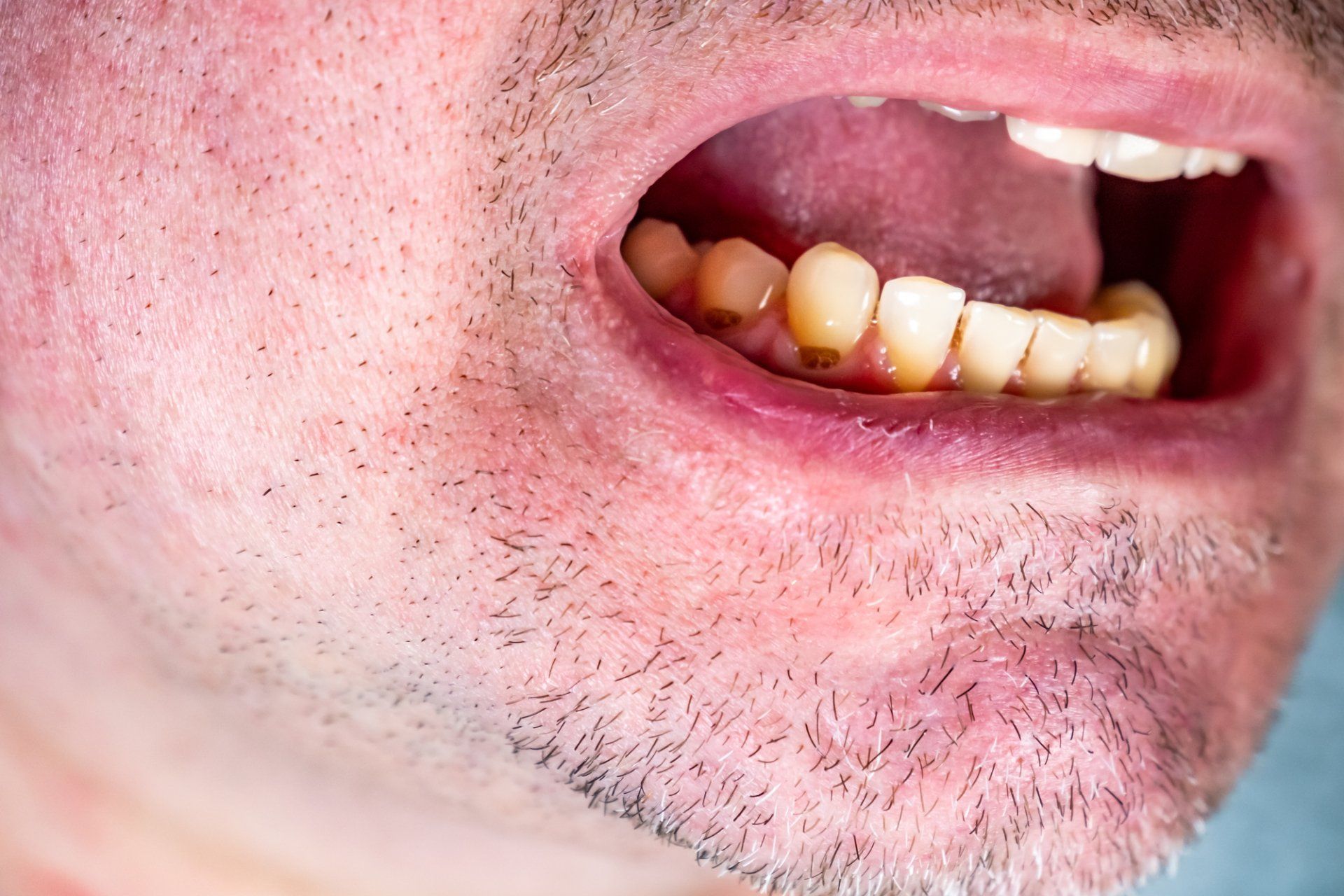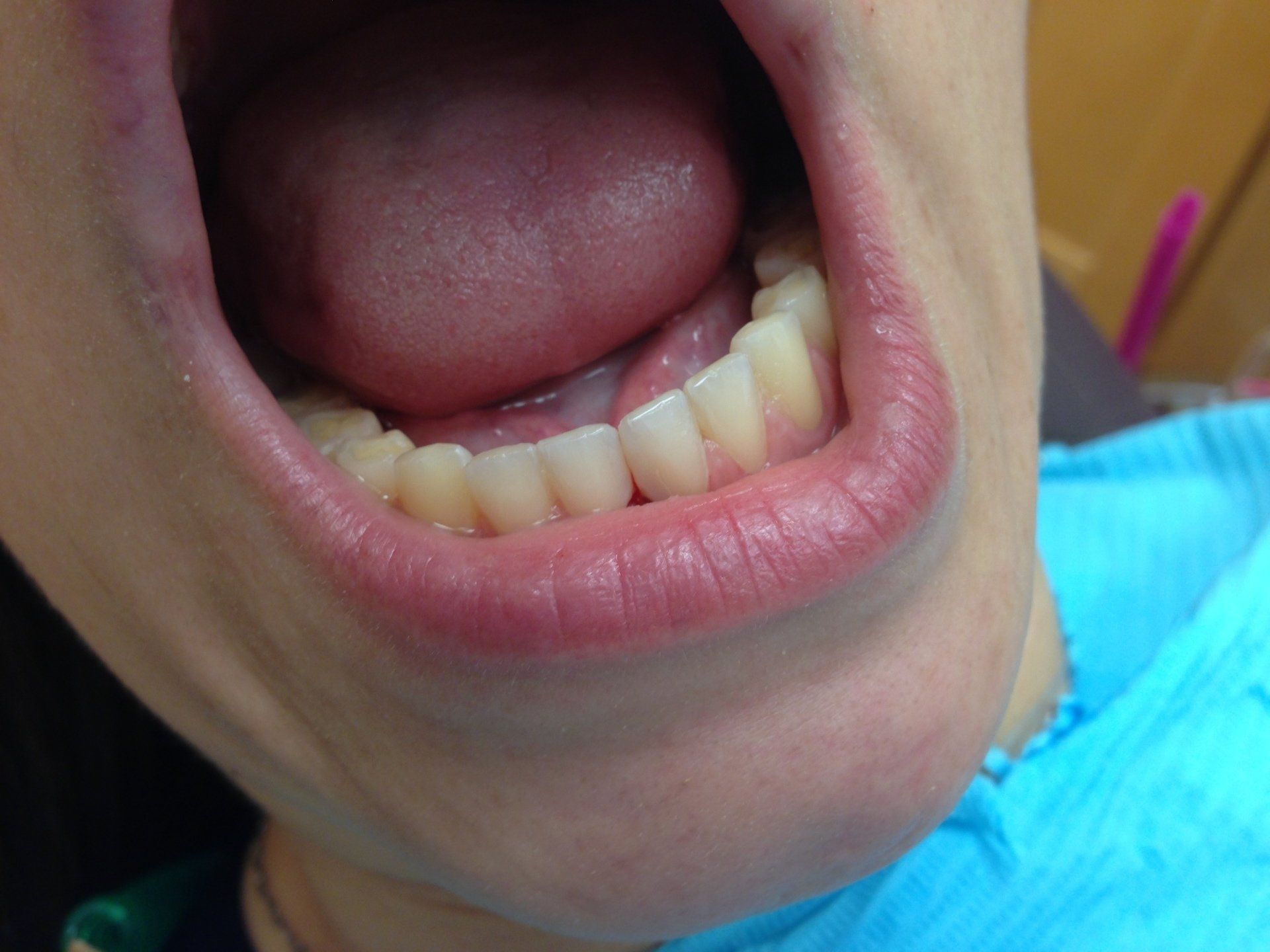By Loma Vista Dental
•
May 7, 2021
Essentially, dental bonding applies a thin, tooth-colored composite substance to your teeth, then cured with a dental restoring light. It may be the closest thing to real teeth. Advantages of bonding include: longer lasting smile, more beautiful smile, and even stronger bite. Here, we will discuss the advantages of bonding. One of the main advantages of bonding is that it can help you have a much stronger, more beautiful tooth. When you get a cavity filled, or a broken tooth replaced, the dentist will fill the cavity with a substance called an epoxy resin. The resin is usually made out of Portland cement (a fine sand like substance). But, as the resin cures, it hardens into that same fine sand like material that fills up gaps in other teeth. This process is actually an older one, but it has been gaining popularity over the years. There are many cosmetic dentists that perform a dental bonding procedure. The main advantage of this procedure over other types of cosmetic dentistry procedures is that it is less invasive. Bonding can take place on any tooth in your mouth. However, if the tooth has a deep crack, there are ways to bond that tooth surface to the healthy tooth surface below. Also, if the base of the tooth is missing, the patient can create a very nice looking tooth-colored composite by simply creating a fake tooth root with dental clay. The material used for what is dental bonding can be similar to the material used for what is called teeth whitening. But, with teeth whitening, the whitening agent is hydrogen peroxide. This is not the case with what is dental bonding. What actually happens with this material is that the dentist will apply a thin layer of the material to the surface of your tooth and then bond the two together. Once the material is applied, the dentist will then use a drill to create a small hole. Then, he or she will add some porcelain to make a mold of your teeth. After the mold is made, your dentist will take several years to completely bond the material. It will only take several years because the porcelain needs to sit in the mouth for several years. Once the dentist creates the mold, he or she will then install the new porcelain crown. The entire procedure typically takes just a few visits to the office and about one to three months of work. During the procedure, you may have to eat through a straw. In addition, you may experience some pain or sensitivity to touch. One of the advantages of what is dental bonding over what is called veneers is that the veneer is a temporary form of tooth restoration that is adhered to your tooth. You have to remove your original tooth to get the veneer and then clean it and apply it to your teeth. If there is chipped or otherwise damaged tooth underneath the veneer, the dentist has to chip it out before putting the veneer on the tooth. This can cause additional damage to the tooth underneath so the process will typically be longer and more expensive.


